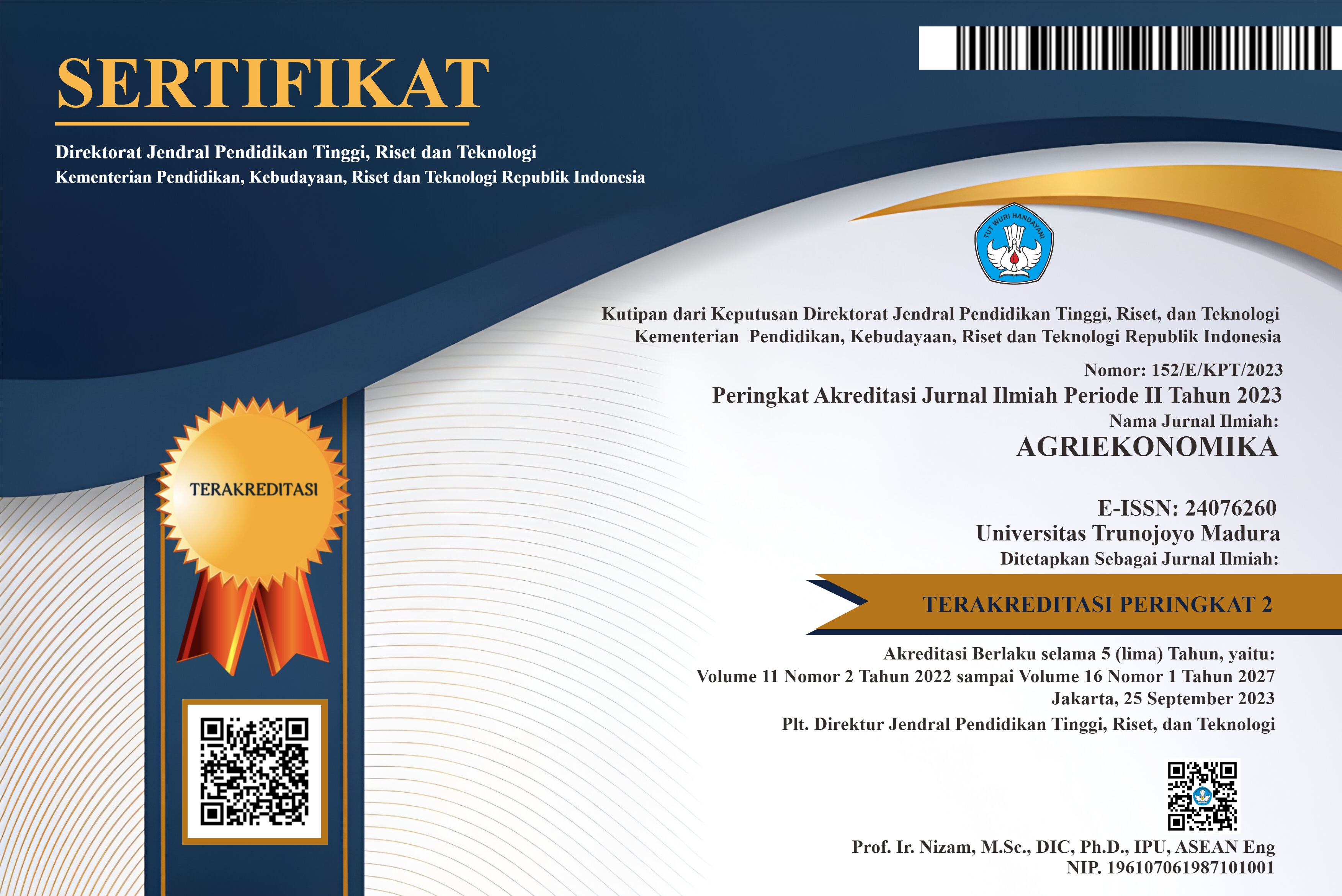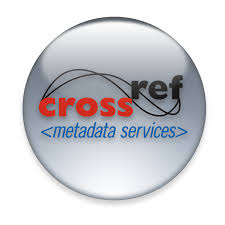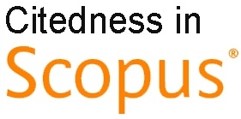PERUBAHAN NERACA PERDAGANGAN INDONESIASEBAGAI AKIBAT PENGHAPUSAN TARIF IMPOR GULA
Abstract
ABSTRAK
Asean Free Trade Area (AFTA) mensyaratkan tarif impor gula harus diturunkan secara bertahap hingga menjadi 0% pada tahun 2015. Penelitian ini dimaksudkan untuk mengevaluasi dampak dihapusnya tarif impor gula terhadap neraca perdagangan Indonesia. Evaluasi dilakukan dengan menggunakan data dasar Tabel I-O dan SNSE Indonesia tahun 2008 untuk menyusun model CGE. Perekonomian Indonesia diagregasi menjadi 23 sektor dengan 8 rumah tangga dan 3 input primer. Penghapusan tarif impor gula di Indonesia berdampak pada output domestik, ekspor, impor dan neraca perdagangannya. Di sektor pertanian, output domestik dan impornya meningkat, ekspornya turun, tetapi neraca perdagangannya masih surplus. Sementara sektor industri dan jasa, output domestik dan ekspornya turun, serta impornya naik, tetapi neraca perdagangannya defisit. Impor gula bahkan naik hingga 85,71%. Ini perlu diwaspadai oleh pemerintah.Indonesia dapat dikatakan belum siap menghadapi liberalisasi gula,sehingga perlu melakukan negosiasi ulang perdagangan bebas dengan negara-negara anggota FTA dan menata perekonomian domestic terlebih dahulu.
ABSTRACT
Asean Free Trade Area requires that sugar import tariff should be reduced gradually to 0 % in 2015. This study aimed to evaluate impact of the tariff elimination to Indonesia's trade balance. The evaluation was done using IO Table and SAM Indonesia 2008 as basis to construct CGE models. Indonesian economy was aggregated into 23 sectors, 8 households and 3 primary inputs. Elimination of the tariff in Indonesia had impact on domestic output, exports, imports and balance of trade. In agricultural sector, domestic outputs and imports increased, exports dropped, but trade balance were surplus. While industrial and service sectors, domestic output and exports decreased, imports increased, but trade balance were deficit. Even sugar imports jumped to 85.71 %. Government should be wary. Indonesia can’t be said to be ready to face sugar liberalization, so it’s necessary to re-negotiate free trade with FTA member countries and arranging the domestic economy first.
Keywords
Full Text:
PDF (Bahasa Indonesia)References
Anonim. 2014. Neraca Perdagangan Indonesia Defisit. OPINI | 21 October 2013. http://ekonomi.kompasiana.com/moneter/2013/10/21/neraca-perdagangan-indonesia-defisit-598066.html. Diunduh pada hari Rabu, 30 April 2014.
-----------. 2010.Position Paper Komisi Pengawas Persaingan Usaha Republik Indonesia Terhadap Kebijakan dalam Industri Gula.KPPURI
Armington, P.A. 1969. A Theory of Demand for Products Distinguished by Place of Production. International Monetary Fund Staff Papers16 (5): 159-78.
Badan Pusat Statistik. 2008. Sistem Neraca Sosial Ekonomi Indonesia 2005. Jakarta: BPS.
Bhattarai, K.R. dan Emmanuel Okyere. 2013. Welfare and growth impacts of taxes: Applied General Equilibrium Models of Ghana. International Journal of Global Studies (IJGS). Vol. 1 (1), pp. 5-19 February 4 , 2013. Prime Journals. www.primejournal.org/IJGS
Departemen Perindustrian. 2009 Roadmap Industri Gula. Direktorat Jenderal Industri Agro dan Kimia Departemen Perindustrian. Jakarta.
Hosoe, N., Kenji Gasawa dan Hideo Hashimoto. 2010. Textbook of Computable General Equilibrium Modelling: Programming and Simulations. New York:Palgrave Macmillan.
Haryadi. 2008. Dampak Liberalisasi Pertanian Terhadap Perekonomian Negara Maju dan Berkembang.Disertasi. Institut Pertanian Bogor. Tidak diterbitkan.
Just, E. R., Hueth, D. L., dan Schmitz, A. 1982. Applied Welfare Economics and Public Policy. London:Prentice-Hall Inc.
Krugman, P.R., Obstfeld, M dan Melitz, M.J. 2012. International Economics: Theory & Policy. Ninth Edition. Addison-Wesley.
Lofgren, H., Rebecca Lee Harris dan Sherman Robinson. 2002. A Standard Computable General Equilibrium (CGE) Model in GAMS. Microcomputers in Policy Research. International Food Policy Research Institute.
Markusen, J. dan Rutherford, T. 2004. MPSGE: A User’s Guide. Department of Economics University of Colorado.Lecture Notes Prepare for the UNSW Workshop, February 24-27, 2004.
Mbabazi, J. 2002. A CGE Analysis of the Short-run Welfare Effects of Tariff Liberalisation in Uganda. Discussion Paper No. 2002/114. November 2002. World Institute for Development Economics Research
Oktaviani, R. 2000. The Impact of APEC Trade Liberalisation on Indonesian Economy and Its Agricultural Sector. Ph.DThesis, The Sydney University, Sydney
Safuan, S. 2012. ASEAN Economic Cooperation: Trade Liberalization Impacts on the National Economy. International Journal of Economics and Finance. Vol. 4, No. 11. ISSN 1916-971X E-ISSN 1916-9728
Setyastuti, R. 2003. Evaluasi Dampak Liberalisasi Perdagangan Terhadap Indikator Perekonomiaan Makro Indonesia.KINERJA, Volume 7, No. 1, Th. 2003: Hal. 1 -12.
Shoven, B.J. dan John Whalley. 1992. Applying General Equilibrium. New York:Cambridge University Press.
Woods-Early, Y.S. 2006. Sugar Export Price and Import Tariff Reforms: A Computable General Equilibrium Analysis of Mauritius.Dissertation. University of Pittsburgh.
DOI: https://doi.org/10.21107/agriekonomika.v3i2.445
Refbacks
- There are currently no refbacks.







